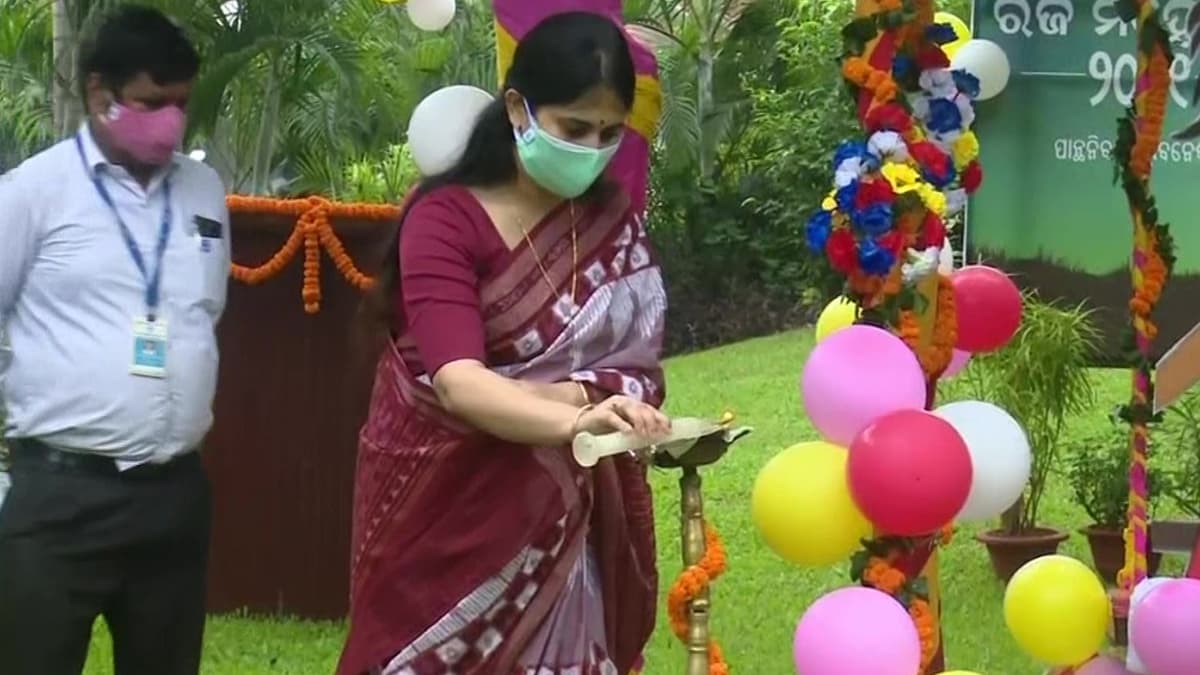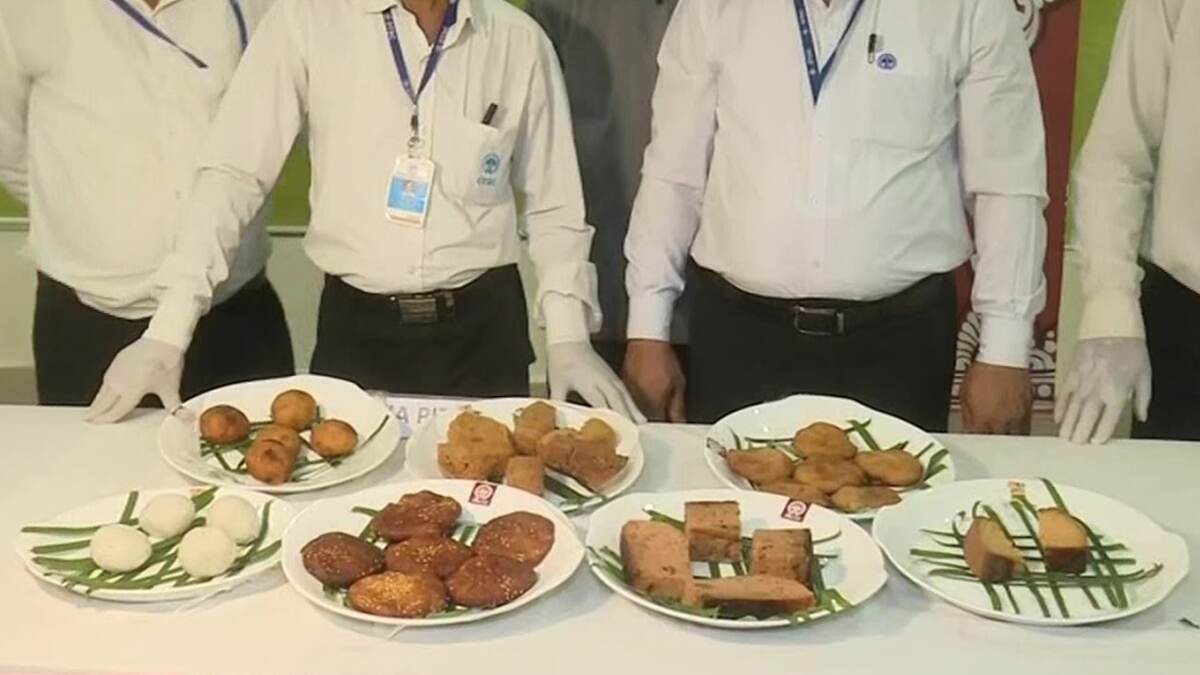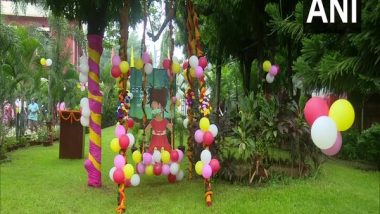Bhubaneswar, June 14: Raja Parba, a 3-day festival celebrating womanhood is being celebrated across Odisha starting Monday. During this period, it is believed that Mother Earth menstruates and prepares herself for future agricultural activities with the arrival of monsoon, said Odisha Tourism Development Corporation (OTDC), chairperson S Mishra.
Speaking to ANI, Mishra said, "It is believed that during this period Mother Earth menstruates & prepare herself for future agricultural activities with the arrival of monsoon."

She mentioned that the festival is synonymous with varieties of cakes (pithas). Keeping this in view, Odisha Tourism Development Corporation (OTDC) Sunday launched a special programme named 'Pitha on Wheels'. 2021 Holidays Calendar for Free PDF Download Online: List of National Festivals in India, International Days, Long Weekend Dates and Events in New Year.
"Due to COVID-19, we're celebrating Raja Parba with a very low key. As women don't work during these 3 days 7 vehicles of 'Pitha On wheels' will reach people's doorstep in Bhubaneswar," she added.
Different kinds of pithas such as 'Poda Pitha', 'Manda', 'Kakara', 'Arisha', 'Chakuli' and 'Chandrakala' have been made available on 'Pitha on Wheels' (kiosks on wheels). These vehicles selling traditional cakes have been stationed in Bhubaneswar, Cuttack and Sambalpur, said Mishra.

She stated that in Bhubaneswar, OTDC's moving kiosks will be available at six places namely Master Canteen Square, Khandagiri Square, CRP Square, Patia Square, Chandrasekharpur Square and Rupali Square. They will remain open from 7:00 am to 11:00 pm Monday, Tuesday and Wednesday.
Apart from 'pithas', masks manufactured by SHGs will also be on sale at the 'Pitha on Wheels' vehicles, informed Mishra.
Raja Parba or Mithuna Sankranti is a three-day-long festival and the second day signifies beginning of the solar month of Mithuna from, which the season of rains starts. It welcomes the agricultural year in Odisha, which marks, through biological symbolism, the moistening of the sun dried soil with the first showers of the monsoon in mid-June thus making it ready for productivity.
It is believed that the mother Goddess Earth or the divine wife of Lord Vishnu undergoes menstruation during the first three days. The fourth day is called as Vasumati gadhua or ceremonial bath of Bhudevi. The term Raja has come from Rajaswala (meaning a menstruating woman) and during medieval period the festival became more popular as an agricultural holiday remarking the worship of Bhudevi, who is the wife of lord Jagannath. A silver idol of Bhudevi is still found in Puri Temple aside Lord Jagannatha.
During the three days women are given a break from household work and time to play indoor games. Girls adorn traditional saree and apply alatha on foot. All people abstain from walking barefoot on earth.
(The above story is verified and authored by ANI staff, ANI is South Asia's leading multimedia news agency with over 100 bureaus in India, South Asia and across the globe. ANI brings the latest news on Politics and Current Affairs in India & around the World, Sports, Health, Fitness, Entertainment, & News. The views appearing in the above post do not reflect the opinions of LatestLY)













 Quickly
Quickly


